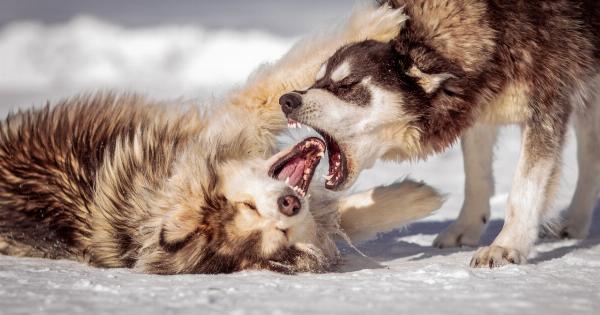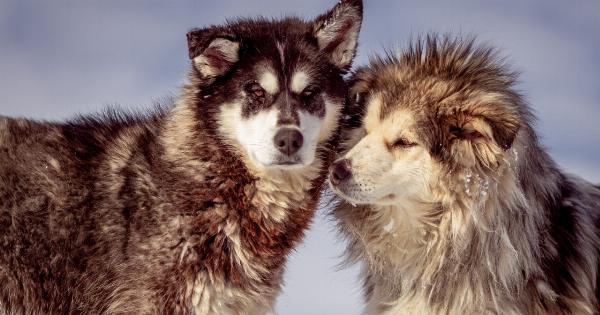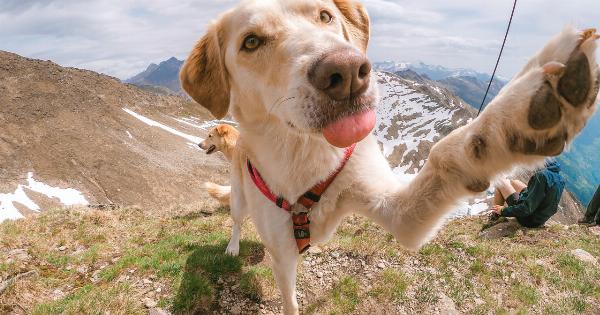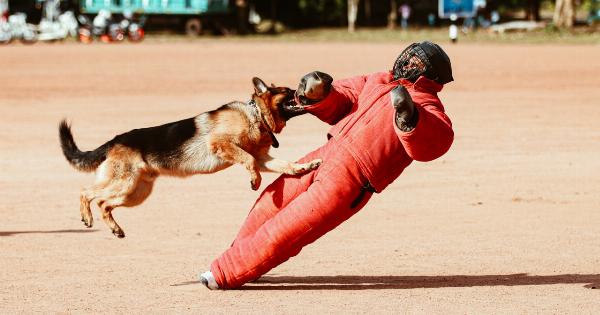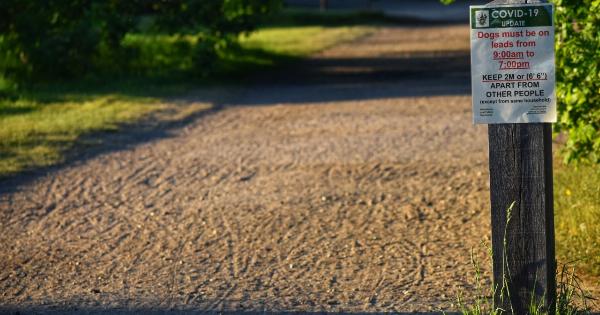Dog aggression is a complex behavioral problem that can manifest in several forms. Some examples include growling, snapping, biting, and lunging.
While dogs are social animals known for their loving and protective nature, fear can drive them to become aggressive. In this article, we’ll dive into how fear can trigger dog aggression and what you can do to prevent it from happening.
Understanding Dog Aggression
Aggression in dogs refers to any behavior that’s threatening or harmful to other animals or people. The aggression can be triggered by several factors, including anxiety, frustration, territorial behavior, fear, and social structure.
This behavior can be displayed in different ways, such as biting, barking, lunging, growling, and snarling.
How Fear Triggers Dog Aggression
Fear is one of the primary drivers of dog aggression. When a dog feels threatened or senses danger, it can respond aggressively as a way of protecting itself from harm.
The dog’s aggression can be directed towards people, other animals, or even objects that it perceives as threats.
For instance, a dog that has had a traumatic experience, such as being attacked by another dog, may become fearful of other dogs. As a result, it may lunge, bark, and snarl at other dogs as a way of preventing them from getting too close.
Similarly, a dog that has had a negative experience with a particular person may lunge at them whenever they come too close.
Dogs can also become fearful and aggressive when they feel threatened by changes in their environment or routine. Moving to a new house, introducing a new pet, or even changing their diet can trigger fear and anxiety in dogs, leading to aggression.
Signs of Fear-Driven Dog Aggression
Fear-driven dog aggression can manifest in various ways, including:.
- Growling
- Barking
- Lunging
- Biting
- Tail tucking
- Showing teeth
Additionally, fearful dogs may exhibit other signs, such as panting, pacing, cowering, and hiding behind objects.
Preventing Fear-Driven Dog Aggression
Preventing fear-driven dog aggression requires addressing the root cause of the behavior. Below are some tips for preventing dog aggression:.
1. Socialize your dog
Socializing your dog helps it become accustomed to different people and animals, reducing the likelihood of fear and aggression. Introduce your dog to different environments, people, and animals, starting from a young age.
2. Train your dog
Training your dog can help reinforce positive behavior and reduce the incidence of aggression. Basic obedience training, such as sit, stay, and come, can help establish you as the pack leader and give your dog a sense of security and structure.
3. Avoid punishment-based training
Punishing your dog for bad behavior can worsen its fear and anxiety. Instead, use positive reinforcement techniques, such as treat rewards and praise, to encourage good behavior.
4. Address environmental stressors
Dogs can become fearful and aggressive when something in their environment changes.
If you notice that your dog becomes anxious or aggressive around certain objects, people, or animals, address the issue by gradually introducing your dog to these stimuli.
5. Seek professional help
If your dog’s aggression is severe, seek professional help from a veterinarian or animal behaviorist. They can help identify the root cause of the aggression and provide tailored solutions for your dog’s unique needs.
Conclusion
Fear is a significant driver of dog aggression. By understanding the signs of fear-driven aggression and taking steps to prevent it, you can help your dog live a happier and more fulfilling life.
Remember, a little investment in prevention can go a long way in reducing fear and anxiety in your furry friend.




